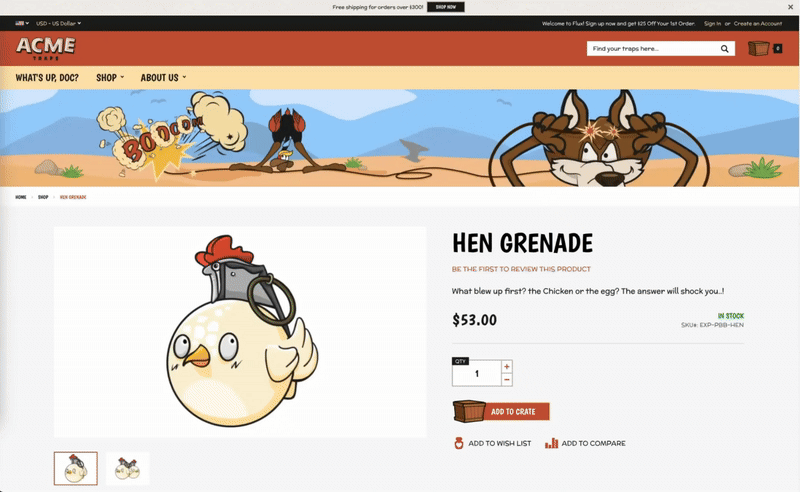Flux combines the power of Adobe Commerce
with cutting-edge headless architecture to deliver a flexible, scalable, and future-proof solution for modern eCommerce businesses.
Seamless Omni channel Experiences
Deliver consistent, frictionless experiences across all devices and touchpoints.
Catalog & Architectural Freedom
Customize your front-end with the latest technologies (React, Next.js) while maintaining the power of Adobe Commerce in the backend.
Performance & Scalability
Exceed Google Lighthouse benchmarks for performance and easily scale during peak seasons.
Why Flux?
Experience Innovation
Create immersive, mobile-first, and shopping experiences.
Seamless Journeys
Enable smooth transitions between devices and touch points, from web to mobile.
Experience Personalization
Deliver experiences based on customer behavior and preferences.
Enterprise-Grade Foundation
Built for Adobe Commerce, ensuring enterprise-level performance and security.
Prebuilt Payment Gateways
Easily integrate Braintree or Authorize.net CIM, or build custom payment solutions.
Speed & Performance
Achieve faster page loads with optimized lazy loading and instant interactions.
Proven to
Drive Results
Faster Time-to-Market
Accelerate channel launches with decoupled architecture for faster development and seamless updates.
Improved Conversions
Boost conversion rates with fast, optimized experiences.
Enhanced Scalability
Supports all Adobe Commerce native product types plus Flux's Enhanced Bundle PDP Layout for an improved product experience.
Security & Reliability
Built for Adobe Commerce's secure, enterprise-grade platform.
Ready to Transform Your Digital Commerce?
Get a Personalized Consultation

